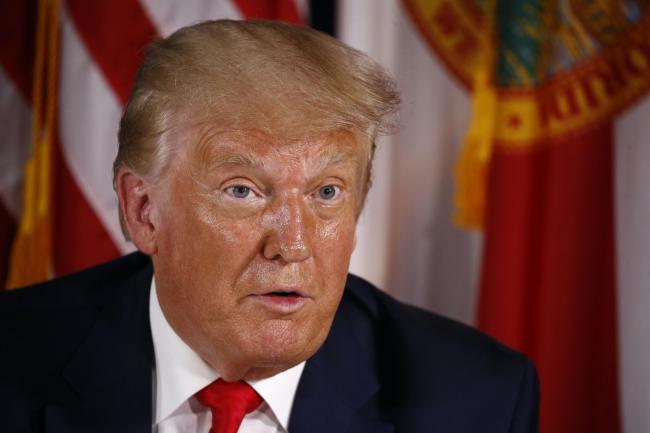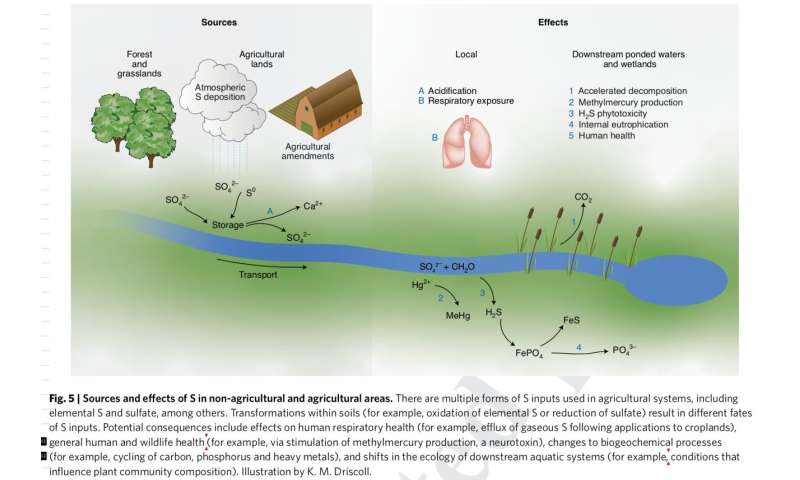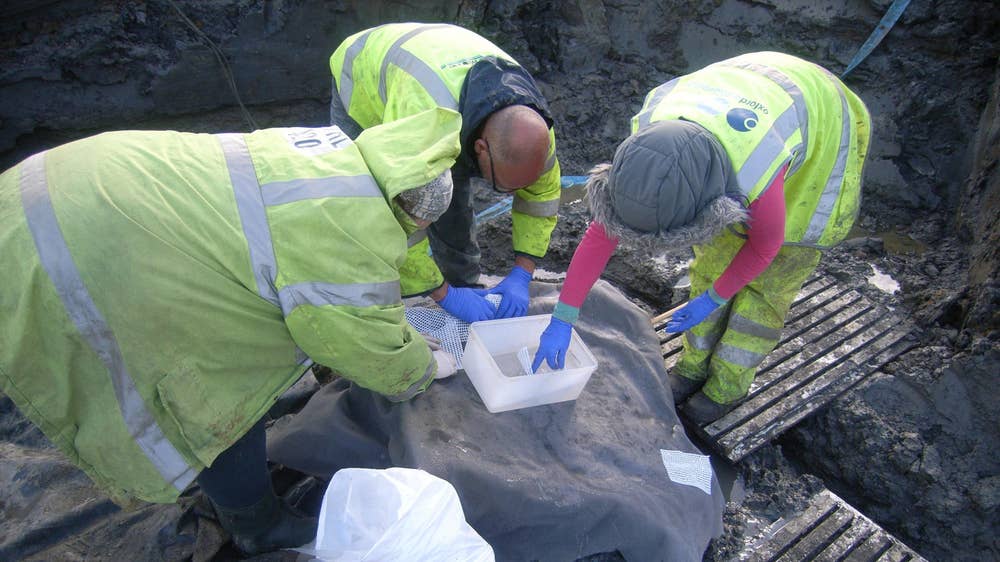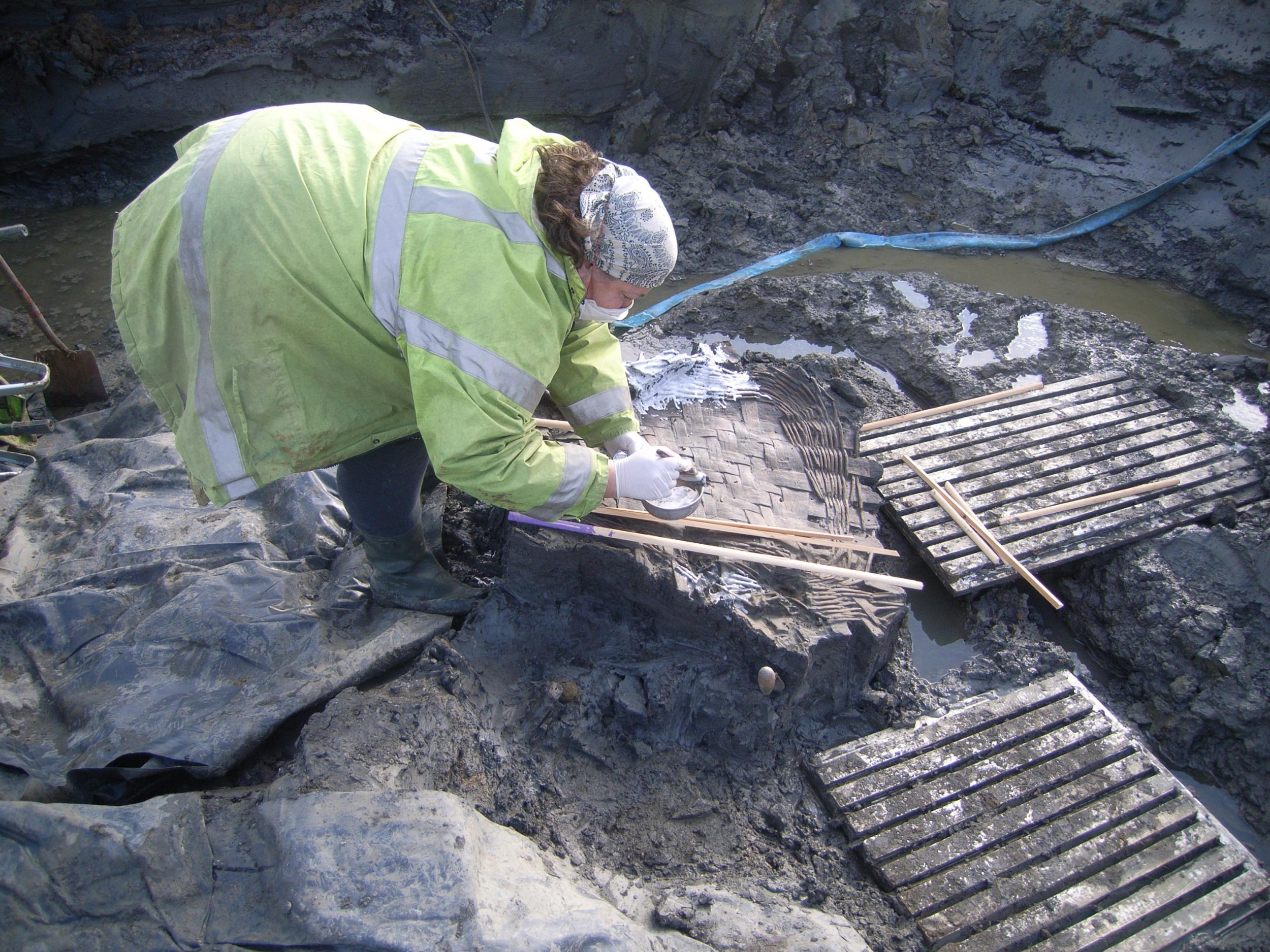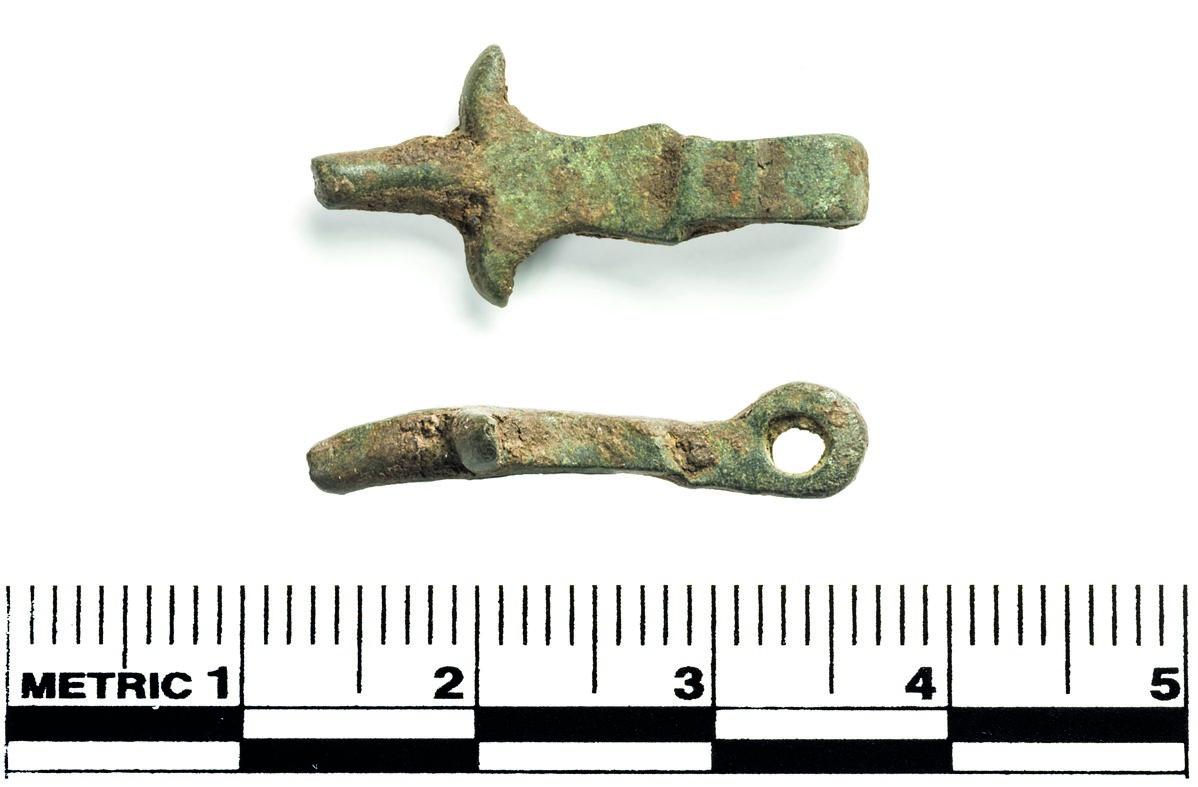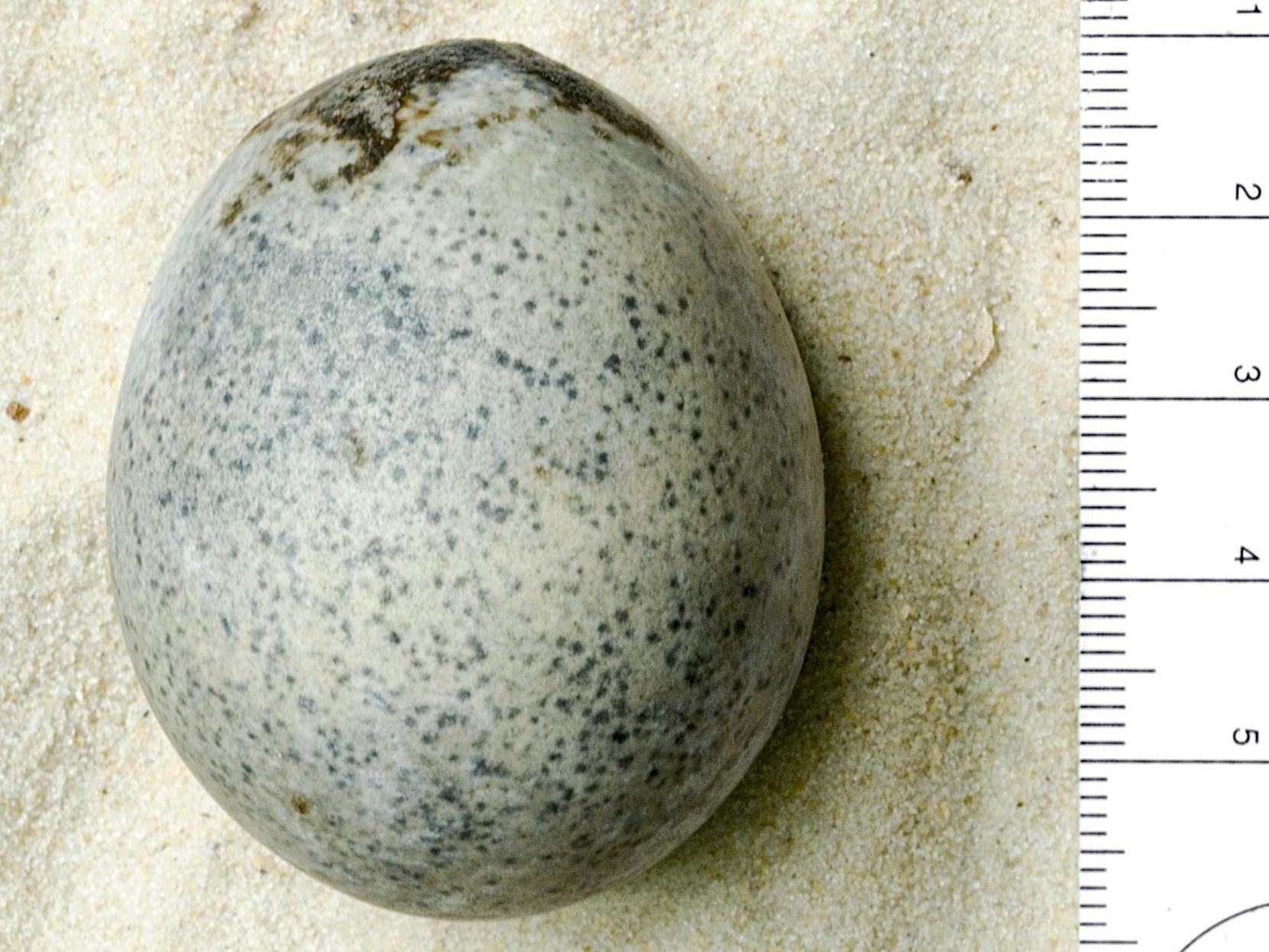BUT WE ARE POLITE, WE LEAVE A SORRY NOTE
OK, NO WE AREN'T
US Customs officers stand beside a sign saying that the US border is closed at the US/Canada border in Lansdowne, Ontario, on March 22, 2020.
LARS HAGBERG/AFP via Getty Images
In Canada, cars with American licensed plates have been vandalized, and their drivers subject to harassment, according to the New York Times.
In Canada, cars with American licensed plates have been vandalized, and their drivers subject to harassment, according to the New York Times.
Canadians have reportedly been acting hostile toward Americans to deter them from sneaking into Canada illegally, as borders are closed to prevent the spread of the coronavirus.
The conflict highlights stark differences in how Canada and the US have handled the coronavirus outbreak, with over 5 million American cases of COVID-19 to Canada's 121,000 as of August 9.
Despite Canada's reputation for politeness, some American drivers are seeing a different side to their northern neighbors.
Vandals have begun targeting cars with US license plates in Canada, keying or otherwise damaging the vehicles and harassing the drivers, according to the New York Times.
The hostility against American drivers (or those perceived as such) has been so prevalent that John Horgan, premier of British Columbia, has advised those driving with US license plates to consider changing them or travel by public transit or bicycle instead, the Times reported.
The vitriol against Americans has spilled over onto some legal residents of Canada who drive cars with US license plates, several of whom have been harassed or had their vehicles damaged, according to CBC News.
The US-Canada land border has been closed to tourists since March 31 to stop the spread of the coronavirus.
That hasn't prevented some Americans from trying to sneak into the country anyway, risking serious fines. So many Americans were violating the cross-country travel rules in recent months that the Canadian government tightened its policies, limiting where foreign nationals can enter the country and how long they can travel through en route to destinations such as Alaska.
The US has fared much worse than Canada in fighting COVID-19
Canadians' reluctance to accept American travelers right now is in part due to the stark difference in coronavirus case numbers between nations: the US has reported more than 5 million coronavirus cases as of August 9, while Canada has had just over 121,000 cases, according to John Hopkins data.
The US's numbers are far worse, too, when accounting for population. Canada has experienced 24.35 coronavirus deaths per 100,000 people, compared to 49.65 in the US, according to Johns Hopkins data.
The ongoing prevalence of Americans COVID-19 cases has led some Canadian lawmakers to cite the US as an example of what not to do.
Ontario Premier Doug Ford has said certain US states have "reckless" and "careless" in handling the pandemic, re-opening business, and returning to public life before it was safe to do so, Business Insider previously reported.
"You see what's happening down in the states, you look at Florida, you look at Texas, Arizona, California — I don't want to be those states," he said.
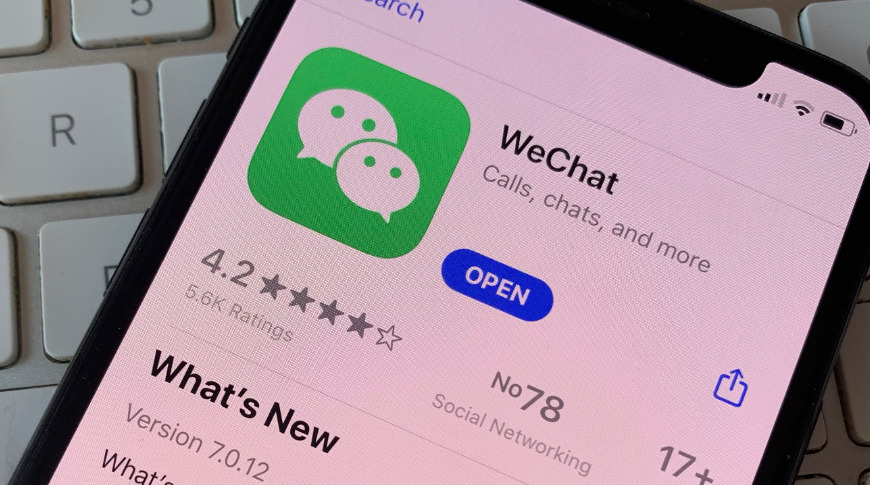
/cdn.vox-cdn.com/uploads/chorus_image/image/67180624/acastro_200803_1777_tikTok_0001.0.0.jpg)
